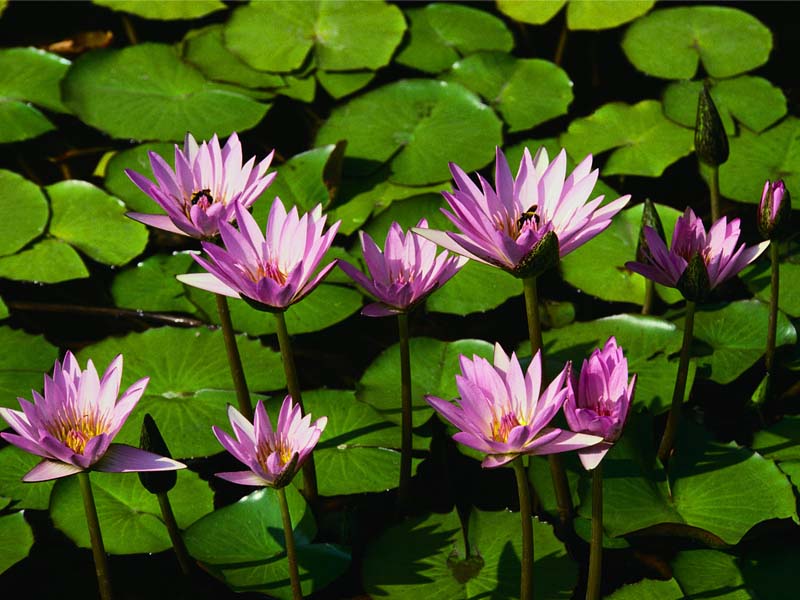-
-
-
-
-
-
-
-
-
-
-
-
-
About
Introduce to Upazila
History &Tradition
Geography & Economics
-
About Upzila
Upazila Parishad, Lalpur
functions and others
-
About
Upazilla Nirbahi Officer
About Organogram
Schedule & Meeting
Services and others
- Municipality
-
Govt. Offices
Security & Discipline
Health Related
Agriculture & Food
ভূমি বিষয়ক
Engineering & Communication
Human Resources
Education
-
Other Institutions
Educational Institutions
- Gallery
- UGDP(LGD)
-
-
-
-
-
-
-
-
-
-
-
-
-
About
Introduce to Upazila
History &Tradition
Geography & Economics
-
About Upzila
Upazila Parishad, Lalpur
functions and others
-
About
Upazilla Nirbahi Officer
About Organogram
Schedule & Meeting
Services and others
- Municipality
-
Govt. Offices
Security & Discipline
Health Related
Agriculture & Food
ভূমি বিষয়ক
Engineering & Communication
Human Resources
Education
-
Other Institutions
Educational Institutions
-
Gallery
Video Gallery
Photo Gallery
-
UGDP(LGD)
Minutes of monthly coordination meeting
Annual Development Plan (AP) for the financial year
১৭টি কমিটির সভার কার্যবিবরণী
অর্থবছরের বার্ষিক বাজেট
এডিপি বাস্তবায়ন অগ্রগতির প্রতিবেদন
Language:
Lalpur Upazila is rich and diverse in language and culture. The language spoken by the people of Lalpur Upazila belongs to Barendri, one of the five sub-languages of the Bengali language. As in other areas, the Sadhu form of Bengali language is used as the official language for writing documents. However, even though the educated population of the area write or speak the spoken language, the common people are used to speaking the regional language (spoken language) of their region which is influenced by the Austic language. With the evolution of time, the use of sadhu language is gradually decreasing in the office court and the use of Chalit or Shisht language is becoming popular day by day. It is noteworthy that in addition to the local population in Lalpur upazila, there are some small ethnic groups such as Santal, Orao, Buno, Pahari, Bhuimali, Bagdi, Kamar etc. living separately in different areas. Living with the large population of the area, they also now speak Bengali. However, they use their own language and culture in family, social or religious rituals.
Culture:
In the ancient times, culture was established in Lalpur upazila through agriculture, fishing, clay pot making and mother worship. Apart from this, the construction of boats, bullock carts, ploughs, construction of mud-lined houses with wooden and bamboo fences, construction of huts with leaf and straw roofs were also noteworthy aspects of the culture of that time. Over time, shell ornaments and bamboo and rattan furniture added a new dimension to the ongoing culture of the township. This bond of culture extends far beyond political and geographical boundaries.
Since the beginning, the people of this festivity-loving town mingled together with the diverse streams of culture, including the celebration of various social, cultural, religious and folk festivals. One of the means of entertainment of the people was the traditional rural folk culture of Abhaman Bengal namely Panchali, Jari, Sari, Bhatiali, Bhawaya, Murshidi, Palagan, Kabigan, Alkaf song, Mansar song, Yatra, Natak, Sapkhela, Lathikhela, Badan and Hadudu game. the prince The festivals celebrated in this upazila are mentioned below according to class:
1. Folk Festivals: Garsi, Navanna Festival, Paush Sankranti, Teiri, Chaitra Sankranti etc.
2. Religious festival:
(a) Traditional religious: Janmashtami, Shiva Ratri, Durga Puja, Lakshmi Puja, Shyama Puja, Basanti Puja, Swarsati Puja, Sheetala Puja, Manasa Devi Puja, Rasa Puja, Rath Yatra, Dola Yatra etc.
(b) Islam religious: Eid-e-Miladunnabi, Eid-ul-Fitr, Eid-ul-Azha, Shab Miraj, Shab Barat, Shab Qadr, Akheri Chahar Somba, Fateha-e-Yazdaham, Muharram etc.
(c) Christian: Holy Days (Christmas Day), Good Friday, Easter Sunday etc.
(d) Buddhist religious: Buddha Purnima, Asadhi Purnima, Maghi Purnima, Prabarana Purnima etc.
3. Social Festivals: Weddings, circumcisions, aqeeqah, annaprasana, gargardi etc.
In the evolution of time, many of these things are almost extinct now. As a result of the progress of information technology and globalization, the indigenous culture is currently losing momentum due to the influx of sky culture. The original culture of village-Bangla is being lost due to the influence of foreign culture. However, due to the need of time, a new aspect of the festival has been added in independent Bangladesh. Such as Pahela Baishakh, Great Independence Day, Great Victory Day, Martyr's Day, International Mother Language Day and National Mourning Day. Pahela Boishakh, a universal festival like the rest of the country, has now become a festival of life for the people of this town. Also, all national and international days are celebrated with due dignity in this upazila.
Data sources:
1. Bangla Pedia - Asiatic Society.
2. About Bengali and Bengalis - Abu Momen.
3. Our ancient art - Tofail Ahmed.
4. Sub-language of Rajshahi - T, M Shafiqul Islam.
Planning and Implementation: Cabinet Division, A2I, BCC, DoICT and BASIS











